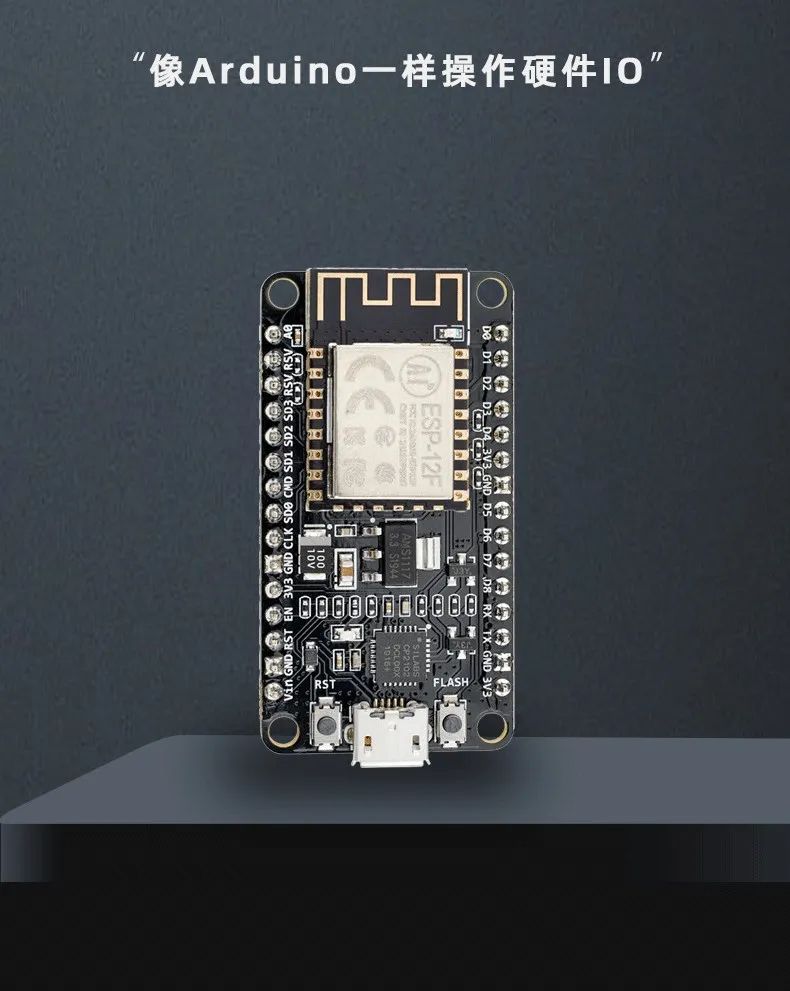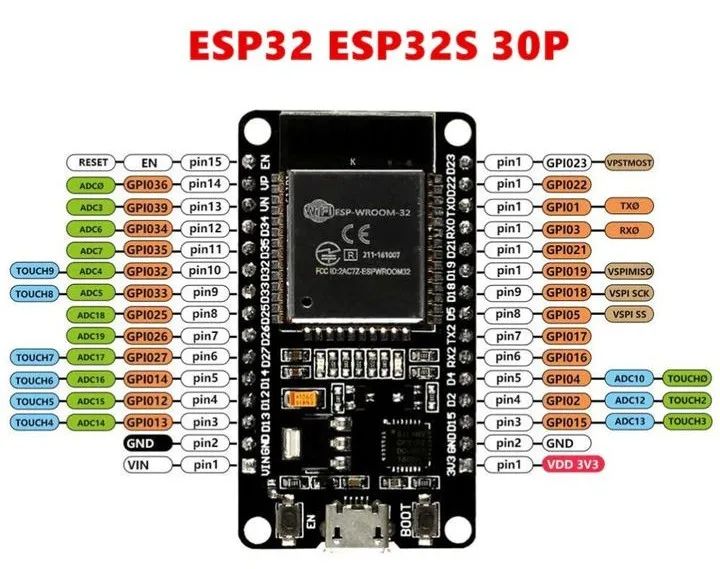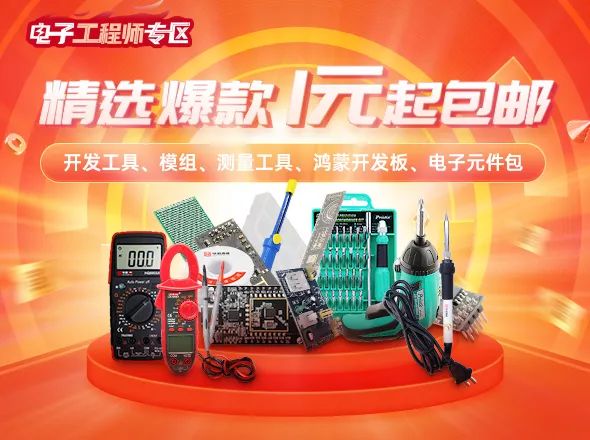Development boards are circuit boards used for embedded system development, including a series of hardware components such as central processing units, memory, input devices, output devices, data pathways/buses, and external resource interfaces.
When it comes to development boards, we have to mention the king of cost-performance ratio MCU—the ESP32 development board.
The biggest highlight is the built-in WiFi and Bluetooth! Let’s take a look at the specifications of the ESP32 to understand its strengths.
● Built-in WiFi and Bluetooth, eliminating the need for additional Ethernet or WiFi modules, offering high integration;
● Dual Core CPU, with a clock frequency of 80, 160, or 240MHz. This is quite a lot of computing power for such a compact chip;
● Advanced Peripheral Interfaces: I2C, SPI, CAN, etc., enabling many applications, not just a Wi-Fi MCU;
● Ample Memory: The ESP32 includes 512KB of on-chip SRAM and supports external memory, which can be as high as 4 to 8MB depending on the motherboard. This means the ESP32 is suitable for heavier tasks such as connecting cameras, voice recognition, and streaming data from the internet.
The ESP32 indeed offers a very high cost-performance ratio! Not only is it powerful, but it is also inexpensive.Without considering the flash, it’s only 9 yuan!
What can you buy for 9 yuan nowadays?! But you can get an ESP32, allowing developers to unleash their creativity.
Moreover, under the impact of the pandemic, the semiconductor supply chain is facing shortages, but the ESP32 is not affected! There are no shortages or price hikes, and with such a high cost-performance ratio, why wouldn’t you use it?
3. Nearly Invincible in IoT
Some netizens bluntly stated that in the IoT field, ESP32 might overshadow STM32 in the future. Although this view is somewhat biased, it is not without reason.
STM32 is a general-purpose chip with broader applications; while the ESP32 is a dedicated IoT chip, its computing performance, startup speed, stability, durability, and the number and types of operational IO are all sufficient, making it extremely user-friendly.
First, the on-chip resources and pin interfaces of the ESP32 are particularly rich, making it more than sufficient for creating various smart devices for IoT scenarios.Currently, the most widely used protocol for IoT products is still Wi-Fi. In recent years, BLE and BLE Mesh have developed rapidly, while Zigbee has gradually declined. The ESP32 supports both Wi-Fi and Bluetooth, coupled with its extremely high cost-performance ratio, its prospects are limitless.
Secondly, among embedded developers, the ESP series chips are deeply rooted in people’s hearts, with numerous interesting developer projects available on platforms like Taobao/Bilibili in China and YouTube abroad.The ESP8266 has too few resources and only supports Wi-Fi, and now that the price of the ESP32 is already very cheap, it is completely acceptable to choose the ESP32 for creating a smart device.
Lastly, we are now in the era of IoT, and the smart devices developed cannot just stay on the development board; they need to be remotely controlled and accessed.However, achieving full-link development, including smart device development, cloud service connection, and mobile device programs, is still quite challenging. Fortunately,the ESP32 has a full-link development framework that integrates cloud services, making it easy to develop remote hardware applications,such as creating a gas/flame/formaldehyde detection device that sends alerts to your phone when danger is detected.
Enter the special zone to purchase and master the ESP32
↓↓↓

For more high cost-performance development boards, purchase from the Huaqiu Mall engineer zone! The Huaqiu 618 event is in full swing,engineer development boards starting at 1 yuan with free shipping!
<<Scan to enter the engineer zone>>






